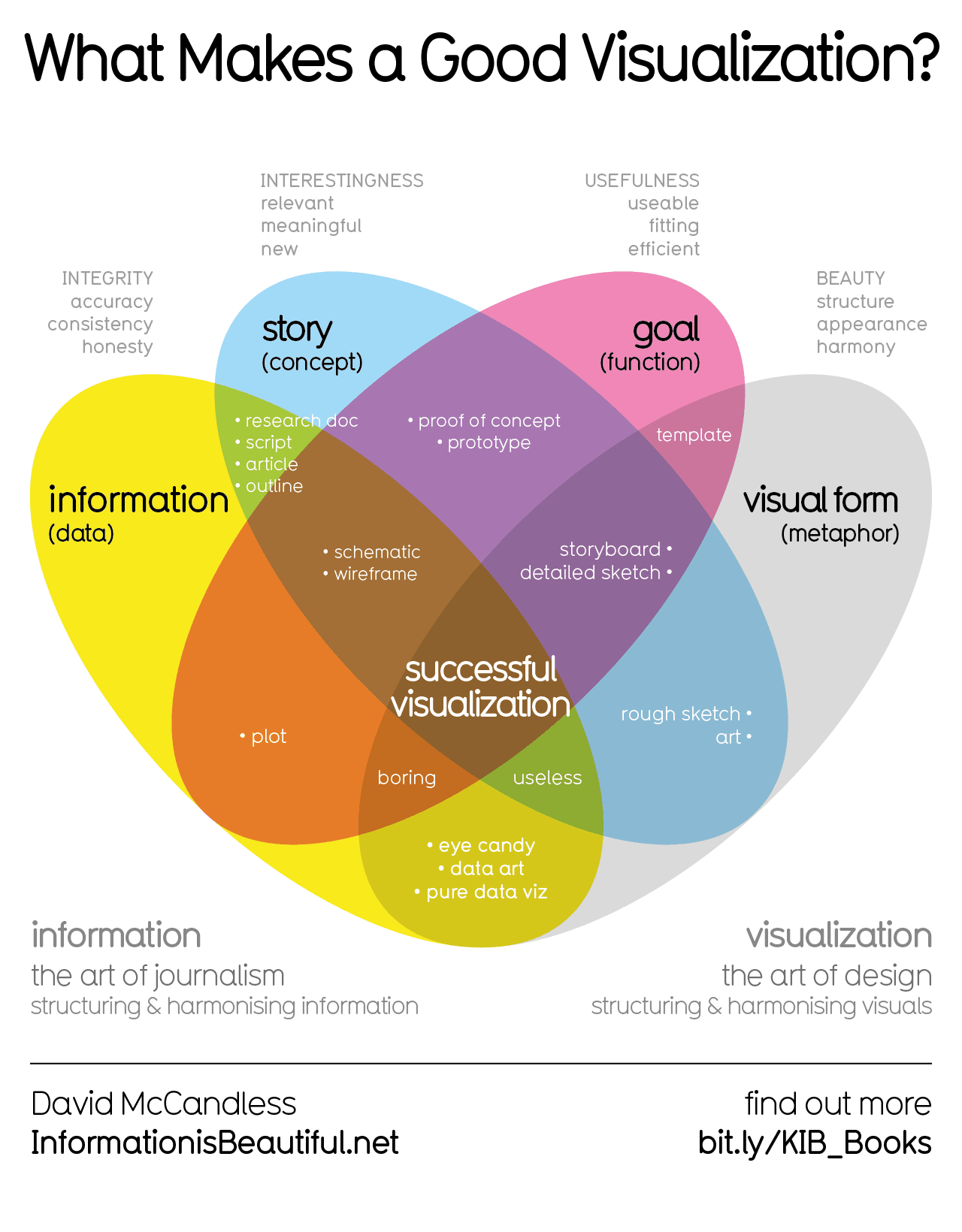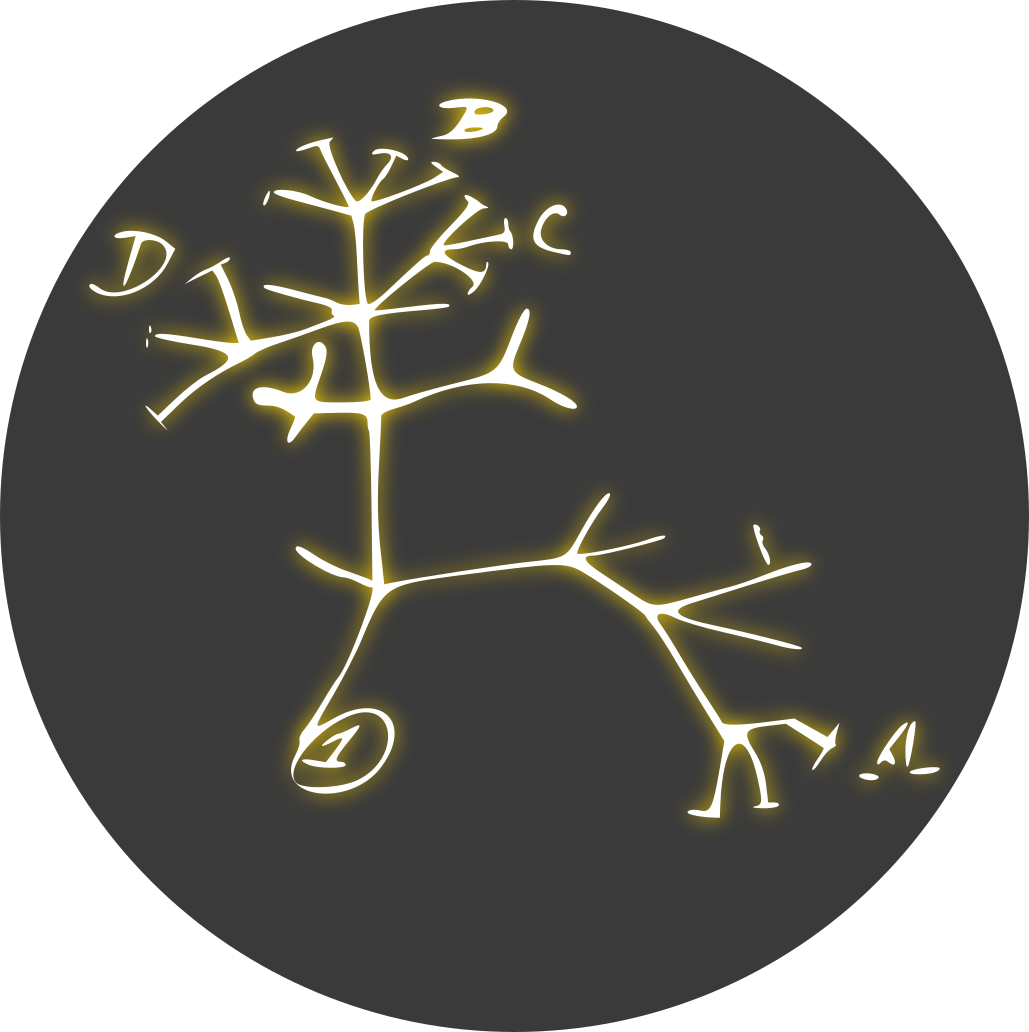

I wonder if there is a way to somehow combine datasets to fill in the gaps.
It would’ve been zero fun and same amount of success. Basically, creating a new taxonomy database while a lot of them already exist. I didn’t expect there are so many taxonomy databases, almost all of them being backed by scientific organizations and being freely accessible and downloadable. Other areas (books, movies, history) are not even close to this diversity of data sources.
I didn’t find your code though, was wondering how you have written this
Apart from Gephi Commander (already on Github), which is used for generating PNG tiles when you already have x and y for every taxon, there is also a CLI tool to build Voronoi (assign x,y) and another CLI tool to split those points across zoom levels and PBF vector tiles. Neo4j as a database and Powershell to bring all of this to life.
Oof, I didn’t like this at all!
Not a fan either. There was another tool looking similar to Voronoi, made by a person working in scientific organization, but I can’t find it right now… There is a lot of interesting on this topic.




How to get code/library used for these? Publication references observable notebook, but it’s empty with 3 comments. Or is it a paywall?